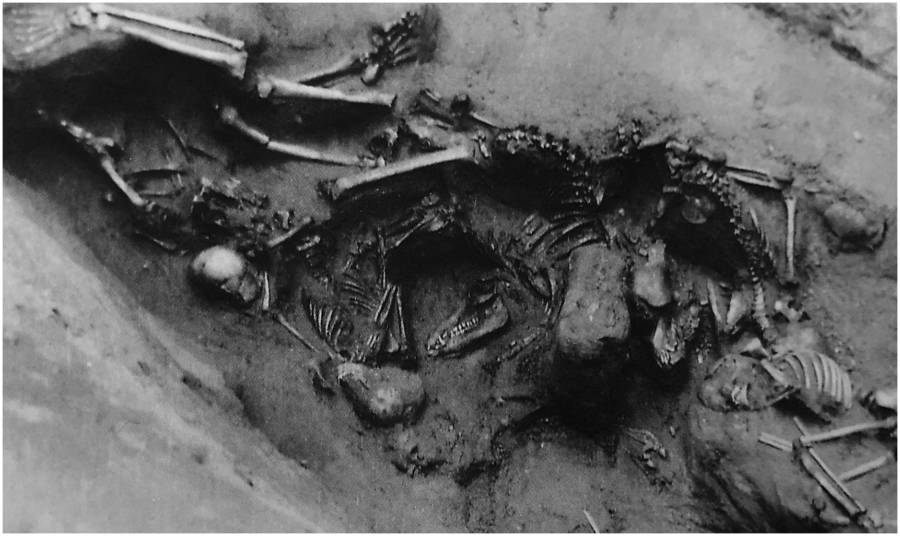Ancient Chinese Tombs Reveal Shocking Secrets: Puppies Sacrificed to Replace Humans in Rituals
Ever wonder why ancient civilizations might have sacrificed puppies—those squirming bundles of fluff and mischief we’d today smother with Instagram likes? Well, buckle up, because the Shang Dynasty in China had a totally different take on our four-legged friends. Instead of the warm, fuzzy companions we cherish, puppies were often treated as, well, a practical sacrifice—cheaper, easier to come by, and certainly not the beloved pets you’d expect to be buried alongside their humans. Turns out, these pups were sometimes barely six months old and might even have been bred specifically for ritual offerings. So if you thought your neighbor’s dog was expendable, imagine an entire society where “cute” took a backseat to cost-effectiveness in the afterlife economy! Intrigued by how this ancient bargain on puppy love shaped religious rites? Dive into the curious case of puppy sacrifices that might just rewrite your view of canine cuteness in history. LEARN MORE
“If it’s not your puppy and if you’re living in a society where you don’t have the same assumptions of dogs and cuteness… it’s a cheaper investment.”

Archaeological Research in AsiaA sacrificial pit in Zhengzhou.
Long ago, human and animal sacrifices were a predominant ritual in many cultures. According to Live Science, researchers have found that puppies as young as six months old were sacrificed and buried — sometimes alive — in human tombs during China’s ancient Shang Dynasty.
The Shang Dynasty ruled China sometime between 1766 and 1046 B.C. The society practiced both animal and human sacrifice, and the remains of these sacrifices were then usually laid in the tombs of the dead.














Post Comment